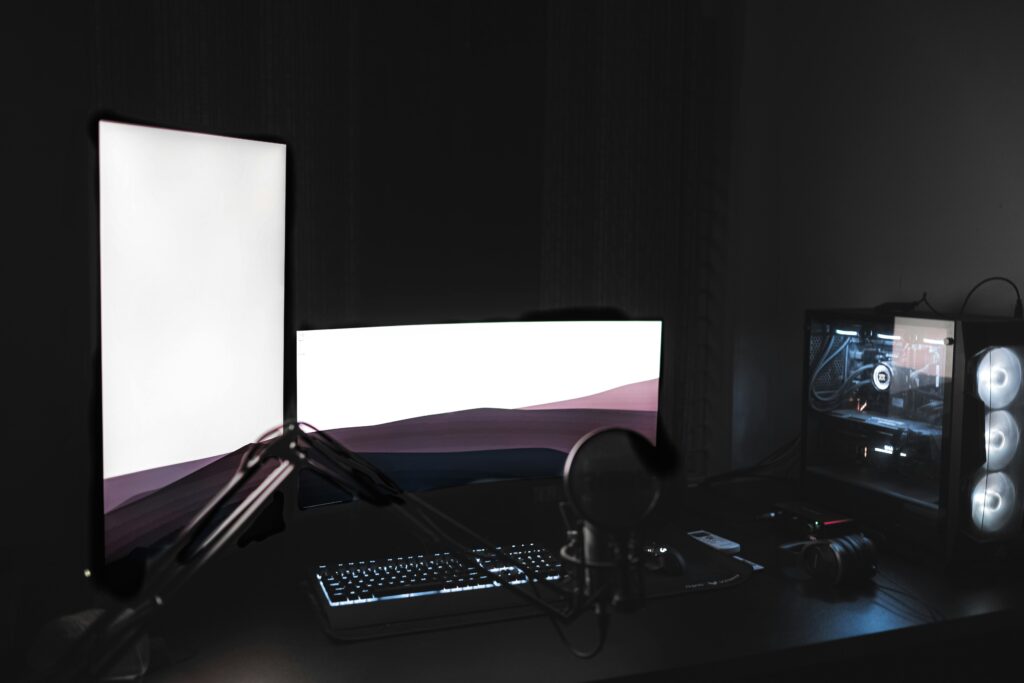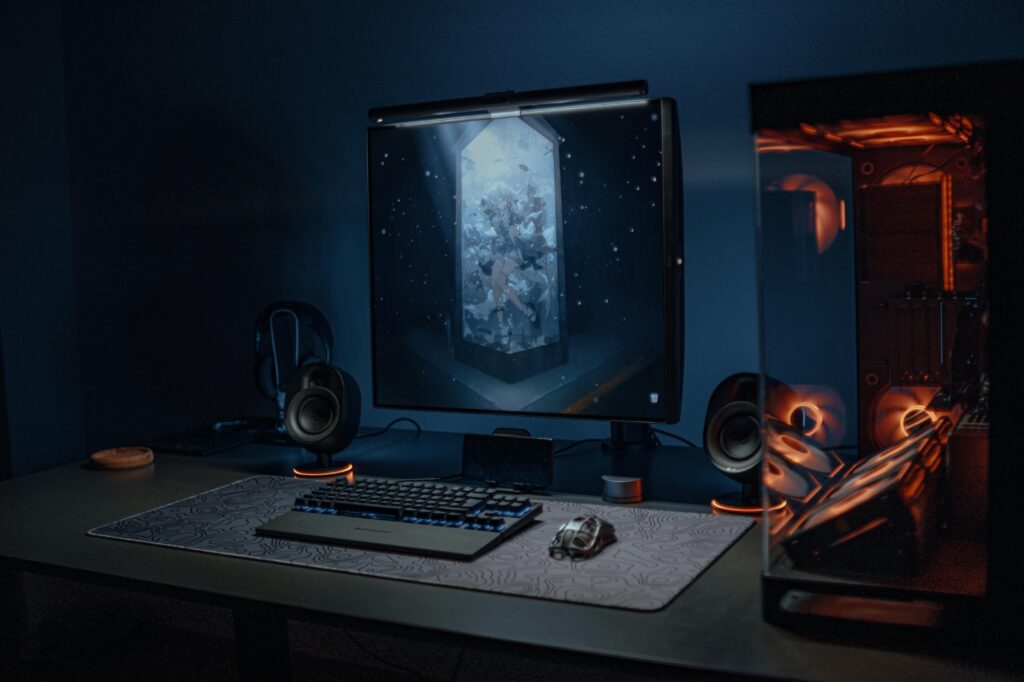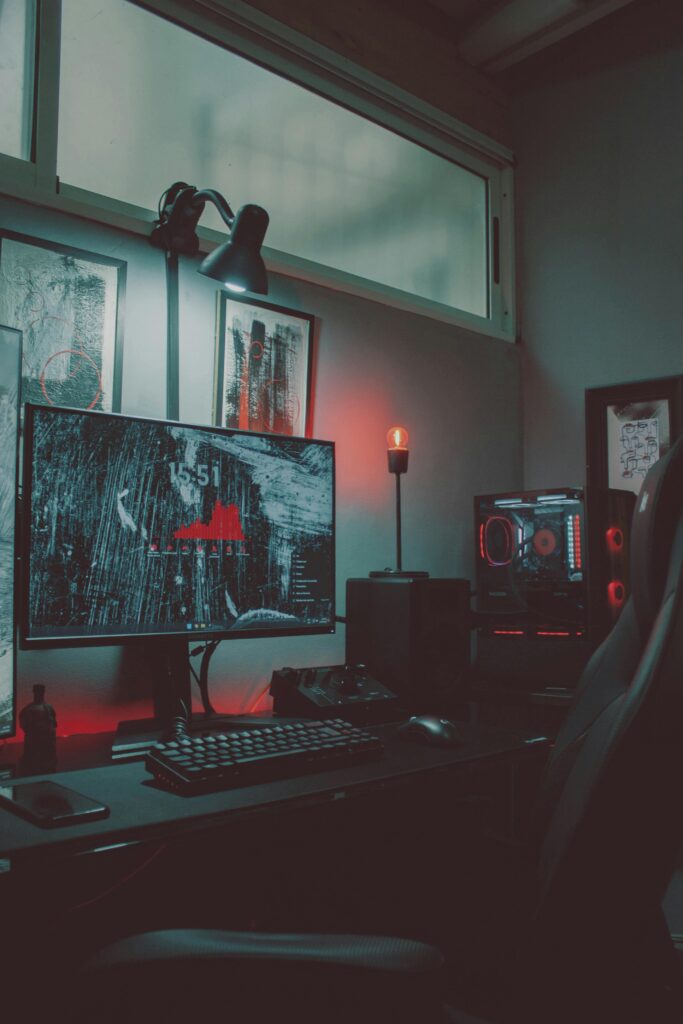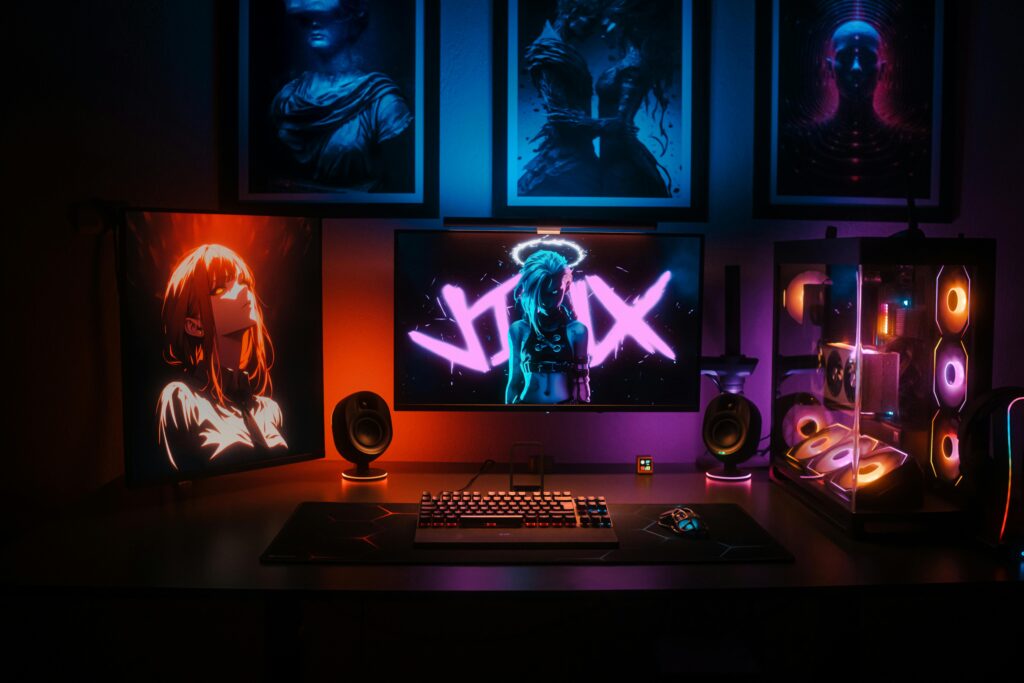Walk into an electronics store, scroll through a retailer’s online listings, or watch one of those “ultimate setup” YouTube videos, and the same thing always jumps out: gaming PCs are expensive. Not just a little expensive—sticker-shock expensive. A proper high-end rig can run between $1,500 and $3,500, and if you’re chasing the bleeding edge of performance, you can easily spend over $5,000 before even plugging in a monitor.
That number seems staggering, especially when you compare it to a game console. A PlayStation or Xbox delivers impressive visuals for a fraction of the price. Why, then, does a gaming PC cost so much more?
The truth is, a gaming PC is less like a console and more like a luxury sports car. It’s a machine built from dozens of cutting-edge parts, each engineered for performance, speed, and customization. Add in the culture of PC gaming, the economics of hardware manufacturing, and the psychology of enthusiasts who always want “the best,” and the price tag starts to make sense.
Let’s step inside the world of high-end hardware and explore why gaming PCs carry such a premium—piece by piece.

The Graphics Card: Heart of the Machine
If a gaming PC were a human body, the graphics card—the GPU—would be its heart. It pumps life into the system, rendering every reflection, shadow, and explosion you see on-screen.
Unlike the slim chip tucked inside a console, a modern GPU is practically a computer of its own. It handles billions of calculations per second, and when you flip on features like real-time ray tracing, it simulates how light bounces around an environment in real time. That means more lifelike worlds—but also more silicon, more power draw, and more money out of your wallet.
Why does it cost so much? The short answer: it’s where companies like NVIDIA and AMD focus their most intense research and development. Designing a GPU architecture can take years and billions of dollars. Manufacturing is equally mind-bending, with transistors etched at microscopic scales, each die tested and binned to determine its performance tier. Only the best chips make it into flagship cards, which is one reason the top-of-the-line models often retail for over $1,500.
Sidebar: Did You Know?
At one point during the cryptocurrency mining craze, graphics cards were selling for double their retail price on secondary markets. Gamers who wanted to build PCs had to compete with miners buying up entire shipments of GPUs.
CPUs: The Brain Behind the Beauty
Of course, visuals aren’t everything. Every in-game calculation—the physics of a falling boulder, the decisions of AI enemies, the systems that keep massive open worlds alive—run on the CPU, the central processing unit.
While office desktops can skate by with modest 4-core chips, a serious gaming PC often features CPUs with 8, 12, or even 16 cores. That horsepower ensures the system can handle demanding modern games, streaming, multitasking, and creative work like video editing or 3D modeling. And with higher clock speeds, bigger caches, and unlocked overclocking features, gaming CPUs carry a premium price tag.
If the GPU is the sports car engine, the CPU is the transmission—it doesn’t always grab the spotlight, but if it lags behind, the entire system bottlenecks.

Memory and Storage: Speed as a Luxury
The GPU and CPU get most of the glory, but memory and storage quietly play a huge role in driving up PC costs.
Games today are massive, and they need fast RAM to juggle all their data. That’s why many gaming rigs ship with 16GB to 32GB of DDR5 memory—the latest generation, with speeds nearly double that of older DDR4. Faster RAM translates into smoother gameplay, but it comes at a steep price compared to the stuff in everyday laptops.
Then there’s storage. Forget spinning hard drives; modern gaming PCs rely on NVMe SSDs that can load data at blinding speeds. A high-end PCIe 5.0 drive can read and write files at more than 10,000 MB/s. That means game load times measured in seconds, but also storage drives that can cost hundreds of dollars for just a few terabytes.
Comparison Corner:
Think of memory and storage like a chef’s workspace. More counter space (RAM) means more room to prepare ingredients at once, while a faster pantry (SSD) means grabbing ingredients instantly. Skimp on either, and dinner takes longer to cook.
The Unsung Heroes: Motherboards and Power Supplies
When people drool over PC builds online, they usually talk about graphics cards or glowing RGB lights, not motherboards. But without a quality motherboard, nothing works.
Gaming boards are engineered for more than just plugging parts together. They come with reinforced PCIe slots to hold giant GPUs, advanced power delivery systems for stable overclocking, and cutting-edge networking hardware. High-end boards even offer premium onboard audio to save you from buying a separate sound card.
The power supply, too, is easy to overlook but critical. A powerful GPU can draw as much electricity as a small space heater. That’s why gaming PCs often need 850W to 1200W PSUs, built with efficient, reliable components. Skimping here can lead to crashes—or worse, fried parts. And quality power doesn’t come cheap.

Cooling: Taming the Heat
Push powerful hardware to its limits, and it gets hot—really hot. Unlike consoles, which are custom-engineered for a single set of parts, gaming PCs require cooling solutions that can handle variable configurations and extreme power draw.
That’s why you see giant air coolers with towers of fins, or liquid coolers circulating fluid across the CPU and GPU. Custom water loops can cost hundreds of dollars, turning a PC case into a high-tech aquarium. Beyond performance, many gamers also pay extra for whisper-quiet fans, because nothing ruins immersion like the sound of a jet engine taking off under your desk.
Aesthetics and Identity
For many, a gaming PC isn’t just a tool—it’s a centerpiece. Cases with tempered glass panels, customizable RGB lighting, and sleek layouts transform a computer into a statement piece.
This culture of personalization fuels higher prices. A mid-range black box might do the job, but enthusiasts spend extra for premium cases, custom lighting setups, and accessories that match their style. It’s the same psychology that makes someone upgrade the rims on a car—not necessary, but deeply satisfying.
Sidebar: The Glow Factor
RGB lighting may not make your PC faster, but it makes it feel faster. That psychological boost is one reason RGB-equipped components often sell at a premium.
Monitors and Peripherals: The Hidden Costs
Here’s where the price tag of a gaming PC really sneaks up on people. You’ve bought the tower itself, but now you need a monitor that can actually showcase its power.
A standard office monitor won’t cut it. To take advantage of high frame rates, gamers look for displays with refresh rates of 144Hz, 240Hz, or even 360Hz. Add in 4K or ultrawide resolutions, HDR, and adaptive sync technologies like G-Sync or FreeSync, and suddenly the monitor alone can cost $500–$1,500.
And that’s before you buy a mechanical keyboard, a high-DPI gaming mouse, or a surround-sound headset. These peripherals may seem small compared to the tower, but together they can add another $500–$1,000 to the total setup.

Economics, Supply Chains, and Global Factors
It isn’t just the parts themselves that make gaming PCs pricey. Global economics play a massive role.
Semiconductor shortages can push GPU and CPU prices higher. Shipping costs and tariffs fluctuate based on international trade. Even regional taxes can dramatically change what a PC costs depending on where you live. That’s why the same graphics card might sell for $800 in one country and $1,200 in another.
The Culture of Customization
Unlike consoles, which are mass-produced in the millions and subsidized by game sales, PCs are built from modular components with far smaller production runs. That lack of economy of scale keeps prices higher.
But it also fuels one of the PC’s greatest strengths: customization. Every gamer can tailor their machine to their needs, whether that’s a compact build for a dorm room or a full-tower monster with dual GPUs and custom cooling. This freedom is part of the appeal, but it comes with a price.
Future-Proofing and Value
One justification many gamers use is “future-proofing.” Spend more today, the logic goes, and you won’t have to upgrade tomorrow. There’s truth to this—buying a powerful GPU or CPU means your rig will stay relevant for years. But the pace of technology means even the best systems eventually feel outdated.
Still, gaming PCs often deliver more long-term value than consoles. You can upgrade piece by piece rather than replacing the entire system, and a good rig doubles as a workstation for work, school, or creative projects.

The Price of Innovation
At its core, the biggest reason gaming PCs are expensive is because they sit at the front lines of innovation. Features like ray tracing, AI upscaling, and high-refresh-rate gaming appear on PCs first, sometimes years before consoles catch up. That early access comes at a premium.
The Experience That Justifies the Cost
So, why are gaming PCs so expensive? Because they combine cutting-edge technology, high-end materials, global economic factors, and a culture of customization into a single package. But ask anyone who boots up their favorite game in glorious 4K, with silky-smooth performance and blazing-fast load times, and they’ll tell you the same thing: it’s worth it.
A gaming PC is more than a machine. It’s a hobby, a creative outlet, a status symbol, and, at times, a community. The price may make you wince at first glance, but the payoff—immersion, performance, and pride of ownership—explains why millions of gamers continue to pay the premium.
After all, in the world of PC gaming, power is everything. And power never comes cheap.
